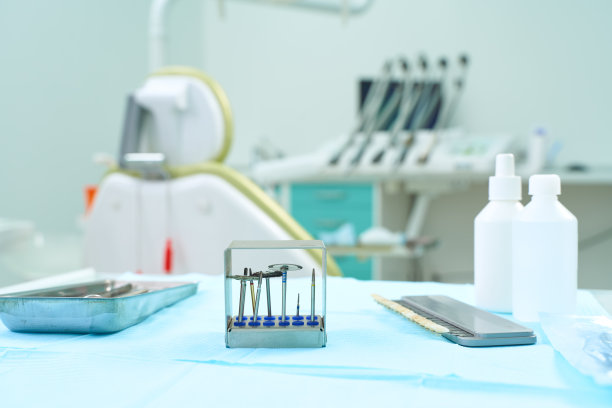Essential Precautions You Must Follow Before and After Your Dental Filling Procedure for Optimal Oral Health
Summary: Dental fillings are essential for restoring decayed teeth and ensuring optimal oral health. However, both pre- and post-procedure precautions are necessary to maximize the treatments effectiveness and minimize discomfort. This article delves into four critical areas: preparing for your dental filling, understanding the anesthesia process, recognizing post-procedure care, and maintaining ongoing oral hygiene. Each section outlines specific steps and considerations to ensure a smooth dental experience, fostering better oral health and comfort in the long run.
1. Preparing for Your Dental Filling Appointment

Preparation is crucial before undergoing a dental filling. Start by consulting with your dentist to understand the procedure and discuss any concerns you may have. A clear understanding can significantly reduce anxiety and improve your comfort. It’s also vital to inform your dentist about your medical history, including any allergies or pre-existing conditions, as this information will guide them in selecting the most suitable materials and techniques for your filling.
Additionally, consider skipping any heavy meals right before your appointment. This is particularly important if you plan to receive anesthesia, as having an empty stomach can prevent nausea during the procedure. On the day of your appointment, arrive a few minutes early to relax and complete any necessary paperwork without feeling rushed.
Preparation also includes arranging for transportation following your visit, especially if you expect to receive sedation or general anesthesia. Having a friend or family member to drive you home will alleviate any stress about managing transportation after the procedure, allowing you to focus on recovery.
2. Understanding the Anesthesia Process
Many dental fillings require local anesthesia to numb the affected area, helping you remain comfortable during the procedure. It’s important to understand how anesthesia works and to communicate openly with your dentist about any fears regarding its use. Your dentist will explain what to expect and may offer various options to ensure your comfort before commencing the filling.
Ask your dentist about the type of anesthesia they recommend and any potential side effects, such as numbness in the lips or tongue. Knowing what sensations to expect can help reduce anxiety. It’s also wise to inform your dentist about any previous experiences with anesthesia, as this can guide them in making the best choice for your care.
Once the procedure is finished, your dentist will discuss how long the numbness will last and provide guidelines for managing any related discomfort. Adhering to these guidelines is essential, as mistakenly biting your tongue or cheek due to numbness could lead to unnecessary injury.
3. Recognizing Post-Procedure Care Instructions
After your dental filling, it’s essential to follow specific care instructions to promote healing and reduce discomfort. Your dentist will likely advise that you avoid hot foods and drinks for several hours as your mouth may still be numb. Eating soft foods will help minimize any discomfort while you adjust to the filling.
Pay attention to any signs of unusual pain or swelling post-procedure. Mild discomfort is normal, but if you experience severe pain or prolonged swelling, it is important to contact your dentist, as this could indicate complications. Keeping the filling site clean is crucial; therefore, you should be gentle while brushing and avoid the area if it causes pain.
You might also be advised to avoid tough or sticky foods for a few days following the filling. This precaution helps prevent damage to the newly placed filling and allows it to settle properly in place. Additionally, stay hydrated and consume plenty of water to support your body’s natural healing processes.
4. Maintaining Ongoing Oral Hygiene Practices
After your dental filling, maintaining consistent oral hygiene practices is paramount for promoting optimal oral health. Brush your teeth at least twice a day with fluoride toothpaste, paying special attention to the filling site to ensure it remains clean. Regular and gentle brushing helps prevent plaque build-up and decay around the filling.
Flossing daily is equally important, as it removes food particles and plaque between your teeth where your toothbrush might not reach. Use a waxed dental floss or an interdental cleaner to avoid any damage to the filling. Additionally, consider using an antimicrobial mouthwash to enhance your oral hygiene routine further.
Finally, schedule regular dental check-ups to ensure that your fillings remain intact and function properly. Your dentist can assess the overall health of your teeth and gums and address any issues early on. These preventive measures contribute significantly to long-term oral health and fidelity of dental work.
Summary:
Following essential precautions before and after a dental filling procedure promotes optimal oral health and comfort. By preparing adequately, understanding anesthesia, recognizing post-procedure care, and maintaining diligent oral hygiene, patients can significantly enhance their dental experience. Investing time in these practices will not only alleviate anxiety but also ensure that fillings last longer and contribute to better overall health.
This article is compiled by Vickong Dental and the content is for reference only.


